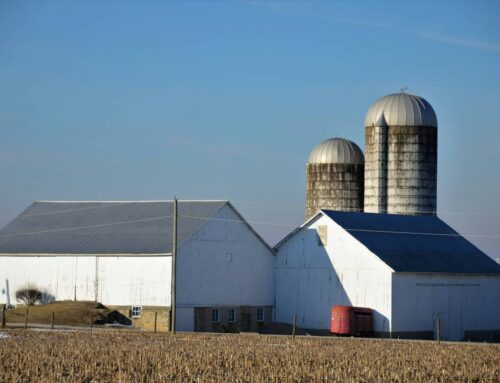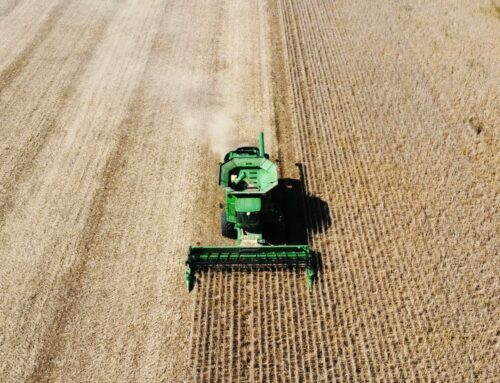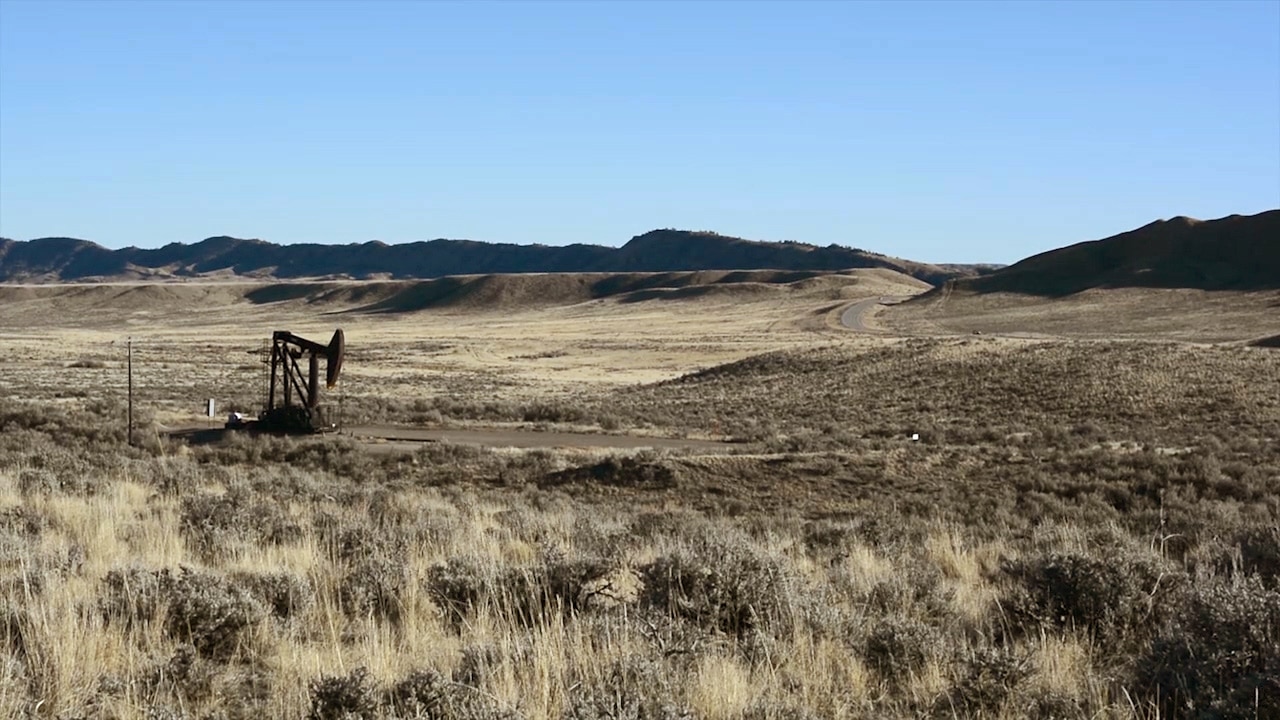This week, the White House hosted a Conference on Hunger, Nutrition, and Health and released a new strategy to end hunger in the U.S. by 2030. With a new farm bill expected in 2023, there’s ample opportunity to reform federal programs toward reducing hunger and improving nutrition. A part of the solution, however, is resisting certain special interests hungering for subsidies to fatten their bottom lines.
One of the Biden Administration’s specific policy recommendations is to support local and regional food systems. But sometimes the best recipe is not adding more federal spending, but rather, trimming it.
First, some background… One of the conference panelists, Senate Agriculture Committee Chair Debbie Stabenow (D-MI), reminded attendees that the $1.3 trillion farm bill doesn’t just fund farm programs. It’s also the main vehicle funding federal programs on nutrition, land and water conservation, local food production, and more. In fact, upward of 85 percent of the current farm bill spending goes to just one program, the Supplemental Nutrition Assistance Program (SNAP). SNAP costs fluctuate based on demand. The tougher economic times, the higher the participation and costs. Spending increased significantly in recent years (to $145 billion in FY21) due to increased demand during the COVID-19 pandemic as well as some program expansions mandated by Congress in the 2018 farm bill. SNAP, local food production, and many non-farm bill nutrition programs like the Special Supplemental Nutrition Program for Women, Infants, and Children (WIC) and the National School Lunch program were the primary focus of the conference.
The 15% of non-nutrition farm bill spending is divided between federally subsidized crop insurance (6%), agriculture conservation (4%), and farm commodity programs (4%). The leftover 1% is made up of research, trade, bioenergy, and other programs.
Does a significant portion of this remaining spending (on crop insurance and farm commodity programs) promote the production of healthy foods like fruits, nuts, and vegetables? (E.g., the broccolis of the world our parents scolded – err, encouraged – us to eat?) Or does it ensure US food security, a frequent talking point of the farm lobby?
Not so much.
Most (nearly 90%) of commodity and crop insurance subsidies go to just a handful of crops – corn, soybeans, wheat, cotton, peanuts, and rice. While people eat wheat, rice, and peanuts, that’s not a balanced diet. And while you can find soy and corn, or flavors and additives derived from them, in nearly every packaged item in the grocery store, an increasing portion of corn and soybean crops is used for biofuel – not food. And last time we checked, people don’t eat cotton. The remaining 10-12% of these subsidies go to a variety of crops, everything from apples to oranges (literally). Basically, all of the things people mean when they talk about healthier food, or just food!
This is because, historically, fruits and vegetables were intentionally left out of farm bill subsidy programs. Since the 1930s, farm programs have centered on “commodities,” that is crops that could be grown uniformly, stored for long periods, and transported long distances without damage. Those squishy and sensitive crops people eat are “specialty crops” and receive pennies on the dollar when it comes to farm bill spending on crop production. Things have shifted a bit recently with added federal spending on agriculture-related COVID-19 plus ad hoc disaster subsidies. However, the overall story remains the same – large commodity crop growers win at the expense of taxpayers and too many others.
Spending billions of taxpayer dollars each year on crops like corn and soybeans fails small, diversified farmers growing a wide range of crops. These farmers are often times forced to compete for sky-high land prices with heavily subsidized millionaire farmers who bid more for land than they would without taxpayer support. Many farmers supplying fruits and vegetables to local markets receive no government subsidies whatsoever. They instead use private risk management techniques like diversification, off-farm income, multiple sales streams, and more. As Chef José Andrés said during this week’s conference, it’s unwise to put all your eggs in one basket (literally and financially, we would add).
And we’ve not even mentioned the elephant in the room – food waste.
Some easy solutions are at hand. With the 2023 farm bill reauthorization exactly a year away, Congress has a prime opportunity to hit several birds with one stone:
- Reform farm and crop insurance subsidies: Instead of taxpayers sending unlimited crop insurance premium subsidies to commodity crop growers, subsidies should be reined in and capped at reasonable levels. This will help relieve upward pressure on land prices and provide more opportunities for small and beginning farmers supplying healthy food to local markets.
- Reduce food waste: This one’s easy. Promoting food composting, better education/policies about food waste, and innovative initiatives connecting leftover food at restaurants and grocery stores with people in need. So many win-wins, plus the cherry on top – lower greenhouse gas emissions from less rotting food. Yum.
- End subsidies for food-based biofuels: Subsidies for mature biofuel industries – like corn ethanol and soy biodiesel – should be ended once and for all. With hunger a concerning issue not only in the U.S. but also internationally, the federal government should not be distorting markets and subsidizing the use of food for fuel. An alphabet soup of farm bill programs – like REAP and BPAB – subsidize such special interests at the expense of hungry people.
We’ll have more farm bill recommendations soon, the benefits of which stretch far and wide – for taxpayers, consumers, the climate, and farmers alike. Lots more where that came from so, please, keep your seat at the farm bill reform table!
P.S. – We’re also following Hurricane Ian’s damage in Florida and Congress’s actions to fund the government before a Friday deadline. For our recent Wastebaskets on these topics as well, please visit https://www.taxpayer.net/tag/weekly-wastebasket/.









